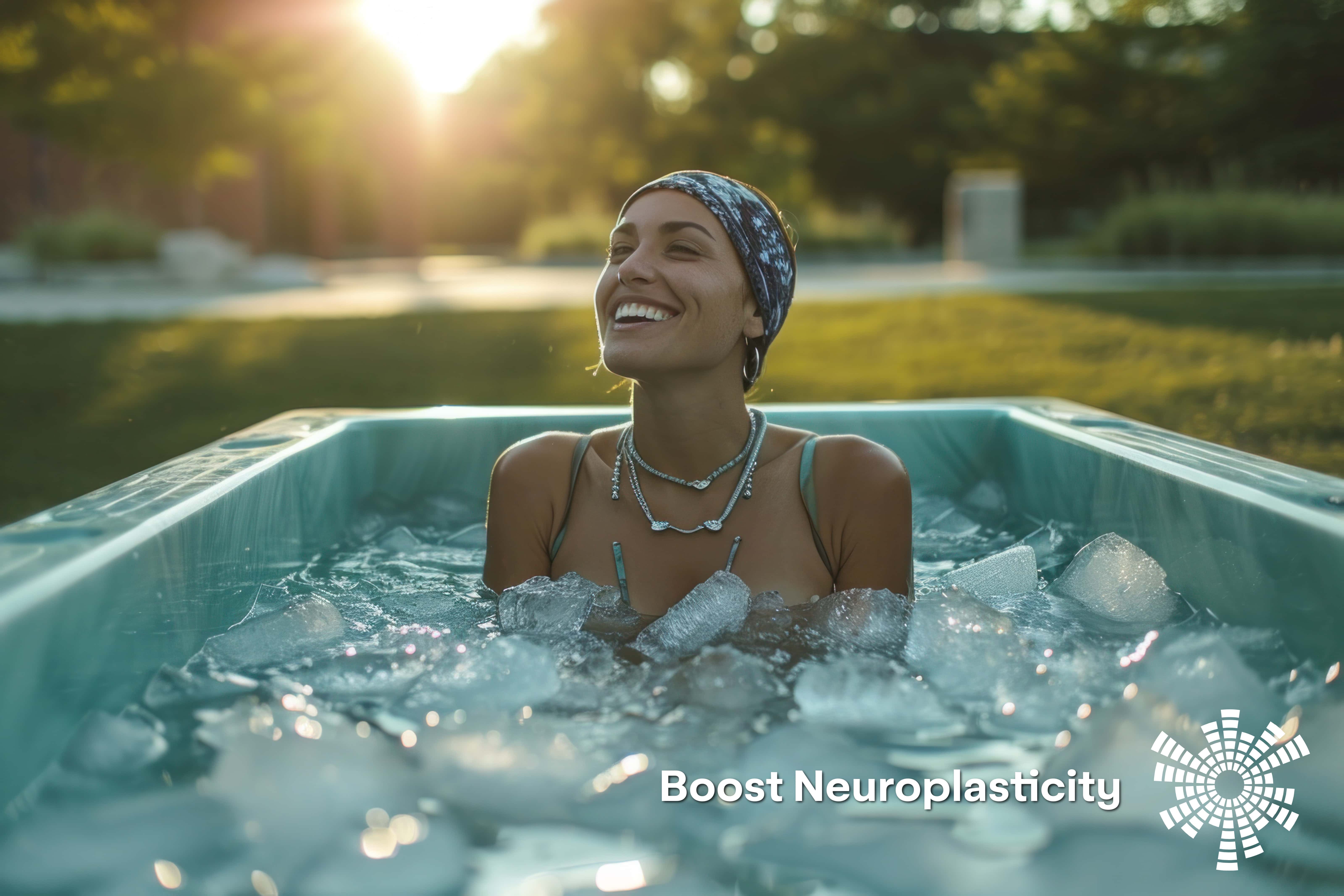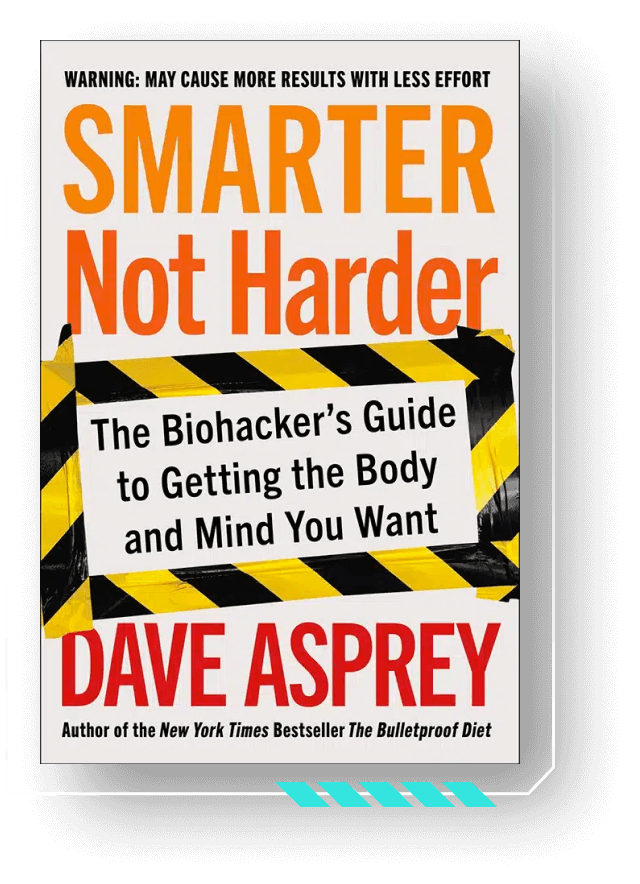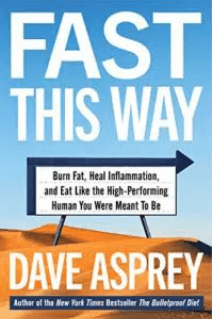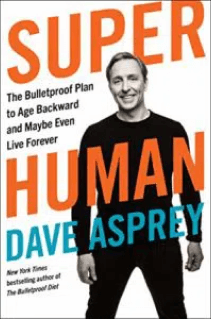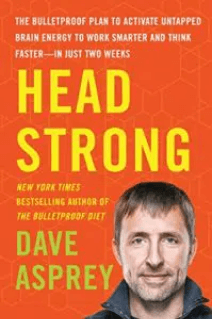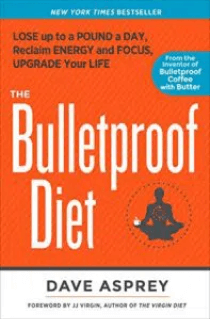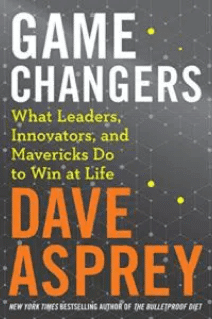
What do LeBron James, Tim McGraw, and Halle Berry have in common? They all attribute their fab physiques to the keto diet plan, a high-fat, low-carb diet that is currently blowing up the internet. According to Google Trends, the keto diet peaked in popularity this week — and shows no signs of stopping. There are 4 million #keto posts on Instagram and more than 69 million keto diet recipes on Pinterest.[ref url=”https://www.usatoday.com/story/life/entertainthis/2017/11/08/what-keto-diet-kardashian-nutritionist-experts-weigh-celeb-food-fad/835509001/)”] As the ketogenic diet goes mainstream, some news outlets have described it as another unhealthy celebrity fad diet. Here’s what you need to know about the keto lifestyle — and how the Bulletproof Diet does it one better.
Understanding the keto diet
The goal of the ketogenic diet is to put your body into ketosis — a state where your body burns fat instead of carbs for fuel. The diet consists of mostly fat (75% of your daily calories, in fact), with moderate consumption of protein (20%) and very few carbs (<5%). Without access to glucose from carbs, your body doesn’t have all the highs and lows that lead to hunger pangs, energy crashes, and cravings. The liver instead must convert fatty acids from your diet into ketones for the body and brain to use as fuel. This keeps blood sugar levels stable. Your body also sheds excess weight — fast. But that doesn’t mean it’s unhealthy or unsustainable — provided you do it the right way.
Don’t call the keto diet “Atkins”
First, don’t mistake a ketogenic diet (or the upgraded Bulletproof Diet) for the Atkins Diet. Whereas the Atkins Diet is extremely high in protein, a keto diet contains moderate amounts of protein. On a keto diet, large amounts of protein can turn into glucose in a process called gluconeogenesis, thus taking you out of ketosis. That’s why fatty cuts of meat are better than, say, chicken breast, which is high in protein and low in fat. Vast amounts of protein also tax the liver and lead to inflammation. By contrast, a ketogenic diet is anti-inflammatory; burning fat for fuel creates far less inflammation than burning sugar does[ref url=”https://www.ncbi.nlm.nih.gov/pubmed/14769489″], and ketones themselves turn off inflammatory pathways[ref url=”https://www.ncbi.nlm.nih.gov/pmc/articles/PMC4124736/#S4title”]. Because of this, ketogenic diets may in fact help prevent chronic diseases that are caused by inflammation. (Fun fact: The ketogenic diet is used to keep epileptic patients from having seizures.)
The downsides of a ketogenic diet
Still, there are limitations to the keto diet. The first few weeks on the diet can be rough, and cause what’s known as the keto flu. And some people may experience side effects like thyroid or hormone imbalance, adrenal fatigue, poor sleep quality, and extremely dry eyes. It’s also true that permanent ketosis may not suit everyone. However, there is a way to build a sustainable keto diet which utilizes intermittent, cyclical ketosis as opposed to long-term ketosis…
The Bulletproof way to be ketogenic
The Bulletproof Diet (download the roadmap for free here) counters these side effects by keeping protein levels even lower. It is a cyclical ketogenic diet, which means you eat keto for 5-6 days a week and then do a weekly protein fast, which lowers inflammation and kickstarts fat-burning. This is much better for your body and spurs weight loss even more. The Bulletproof Diet also involves a carb re-feed day, where you eat slightly more carbs than usual. Since keto diets mimic starvation, you want to make sure your body knows that food isn’t scarce (this is especially important for women trying to conceive).
Related: What Is Bulletproof Protein Fasting – And How To Fast Correctly
In other words, the Bulletproof Diet uses ketosis as a tool, but tweaks it for even better performance.
Another key difference: a Bulletproof ketogenic diet focuses on undamaged fats — stable fats that won’t oxidize and cause damage to your body. Animal studies suggest that eating oxidized fats can damage brain cells and lead to inflammation and chronic disease.
To go keto the Bulletproof way, focus on good fats and quality vegetables then add these six key steps:
- Power through “keto flu” for the first two weeks.
- Skip the carb refeed day.
- Track your ketones.
- Watch for hidden carbs.
- Don’t go too high on protein.
- Take time to move from research to practice.
Main takeaway: If you are looking for a way to shed pounds, garner mental clarity, reduce inflammation (and your risk for disease), and feel your absolute best, consider going keto the Bulletproof way.
Read Next: Bulletproof for Beginners

